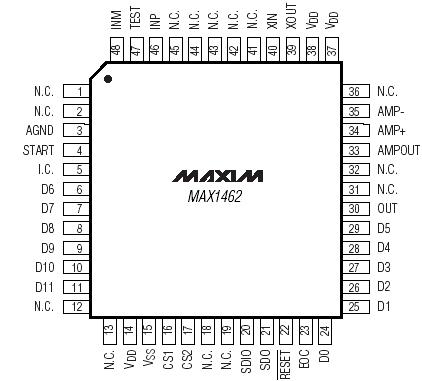MAX1462: Features: Low-Voltage Operation (2.4V to 3.6V) Low-Noise, 310µA Single-Chip Sensor SignalConditioning High-Precision Front End Resolves <400nV ofDifferential Input Signal On-Chip DSP and EE...
floor Price/Ceiling Price
- Part Number:
- MAX1462
- Supply Ability:
- 5000
Price Break
- Qty
- 1~5000
- Unit Price
- Negotiable
- Processing time
- 15 Days
SeekIC Buyer Protection PLUS - newly updated for 2013!
- Escrow Protection.
- Guaranteed refunds.
- Secure payments.
- Learn more >>
Month Sales
268 Transactions
Payment Methods
All payment methods are secure and covered by SeekIC Buyer Protection PLUS.

 MAX1462 Data Sheet
MAX1462 Data Sheet







